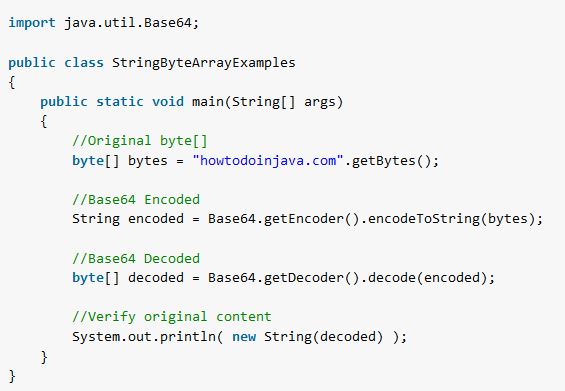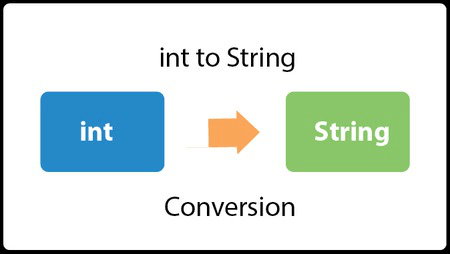
String value of this property is then interpreted as an integer System properties are accessible through the System.getProperty() method. The first argument is treated as the name of a system Since: 1.8ĭetermines the integer value of the system property with the Parameters: s - the String containing the unsigned integerĭoes not contain a parsable int.
#Java convert string to int sum from unicode plus
Radix, except that the first character may be a plus sign Value), except that the first character may be an ASCII plus Specified radix (as determined by whether Character.digit(char, int) returns a nonnegative The characters in the string must all be digits of the Values usually associated with negative numbers to positive Parses the string argument as an unsigned integer in the radix Throws: NumberFormatException - if the String Returns: the integer represented by the string argument in the Representation to be parsed radix - the radix to be used while parsing s. Parameters: s - the String containing the integer ParseInt("Kona", 10) throws a NumberFormatException ParseInt("99", 8) throws a NumberFormatException ParseInt("2147483648", 10) throws a NumberFormatException

Represented by the argument in hexadecimal (base 16). With leading zeros and for byte arrays includes for each byteĪ delimiter, prefix, and suffix. HexFormat formats and parses uppercase or lowercase hexadecimal characters, Of byte arrays and primitives to return a string or adding to an Appendable. Integer.toHexString(n).toUpperCase() API Note: The HexFormat class provides formatting and parsing These are the characters '\u0030' through Theįollowing characters are used as hexadecimal digits: Unsigned magnitude will not be the zero character. Otherwise, the first character of the representation of the If the unsigned magnitude is zero, it is represented by a String s by calling Integer.parseUnsignedInt(s, 16). The value of the argument can be recovered from the returned In hexadecimal (base 16) with no extra leading This value is converted to a string of ASCII digits If the argument is negative otherwise, it is equal to theĪrgument. The unsigned integer value is the argument plus 2 32 Returns a string representation of the integer argument as an Returns: a string representation of the argument in the specified radix.

radix - the radix to use in the string representation. Integer.toString(n, 16).toUpperCase() Parameters: i - an integer to be converted to a string. If uppercase letters areĭesired, the String.toUpperCase() method may The digits for hexadecimal (radix 16) areĠ123456789abcdef. The following ASCII characters are used as digits:Īre used as radix- N digits in the order shown. The representation of the magnitude will not be the zeroĬharacter. ( '\u0030') otherwise, the first character of

Represented by a single zero character '0' The remaining characters of the result represent the magnitude Negative, no sign character appears in the result. If the first argument is negative, the first element of the

Or larger than Character.MAX_RADIX, then the radix If the radix is smaller than Character.MIN_RADIX Returns a string representation of the first argument in the


 0 kommentar(er)
0 kommentar(er)
